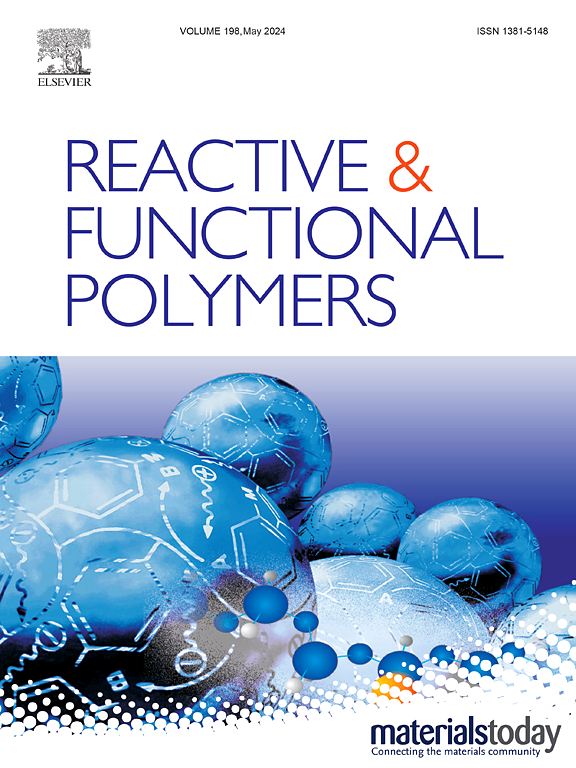Effect of antioxidant structure on bromobutyl rubber composites' processability and age resistance
IF 4.5
3区 工程技术
Q1 CHEMISTRY, APPLIED
引用次数: 0
Abstract
Bromobutyl rubber has numerous applications in industries such as tires, sealing capsules, and aerospace, so enhancing its aging resistance is a critical issue. However, the addition of amine antioxidants to Bromobutyl rubber results in the occurrence of unique storage hardening and storage scorching phenomenon, which lead to the deterioration of the rubber's properties. To examine the impact of various types of amine antioxidants on the storage stability and aging resistance of Bromobutyl rubber, we conducted comparative experiments using five types of amine antioxidants and one phenolic antioxidant. The purpose was to investigate the effect of amine antioxidants on the storage stability and overall performance of Bromobutyl rubber. The results indicate that the inclusion of p-phenylenediamine antioxidants (4020, 4010NA) greatly facilitates the occurrence of storage hardening and storage scorching phenomenon in Bromobutyl rubber, leading to a deterioration in rubber performance. Therefore, it is advisable to refrain from using high-activity p-phenylenediamine antioxidants when working with Bromobutyl rubber.
抗氧化剂结构对溴化丁基橡胶复合材料加工性和耐老化性的影响
溴化丁基橡胶在轮胎、密封胶囊和航空航天等行业应用广泛,因此提高其耐老化性是一个关键问题。然而,在溴化丁基橡胶中添加胺类防老剂会导致出现独特的储存硬化和储存焦烧现象,从而导致橡胶性能恶化。为了研究各种类型的胺类防老剂对溴化丁基橡胶贮存稳定性和耐老化性的影响,我们使用五种胺类防老剂和一种酚类防老剂进行了对比实验。目的是研究胺类抗氧化剂对溴化丁基橡胶储存稳定性和综合性能的影响。结果表明,加入对苯二胺防老剂(4020、4010NA)会极大地促进溴化丁基橡胶发生贮存硬化和贮存焦烧现象,导致橡胶性能下降。因此,在使用溴化丁基橡胶时,建议避免使用高活性对苯二胺防老剂。
本文章由计算机程序翻译,如有差异,请以英文原文为准。
求助全文
约1分钟内获得全文
求助全文
来源期刊

Reactive & Functional Polymers
工程技术-高分子科学
CiteScore
8.90
自引率
5.90%
发文量
259
审稿时长
27 days
期刊介绍:
Reactive & Functional Polymers provides a forum to disseminate original ideas, concepts and developments in the science and technology of polymers with functional groups, which impart specific chemical reactivity or physical, chemical, structural, biological, and pharmacological functionality. The scope covers organic polymers, acting for instance as reagents, catalysts, templates, ion-exchangers, selective sorbents, chelating or antimicrobial agents, drug carriers, sensors, membranes, and hydrogels. This also includes reactive cross-linkable prepolymers and high-performance thermosetting polymers, natural or degradable polymers, conducting polymers, and porous polymers.
Original research articles must contain thorough molecular and material characterization data on synthesis of the above polymers in combination with their applications. Applications include but are not limited to catalysis, water or effluent treatment, separations and recovery, electronics and information storage, energy conversion, encapsulation, or adhesion.
 求助内容:
求助内容: 应助结果提醒方式:
应助结果提醒方式:


